How is it done?
Learning to swallow tablets is a 6 step process:
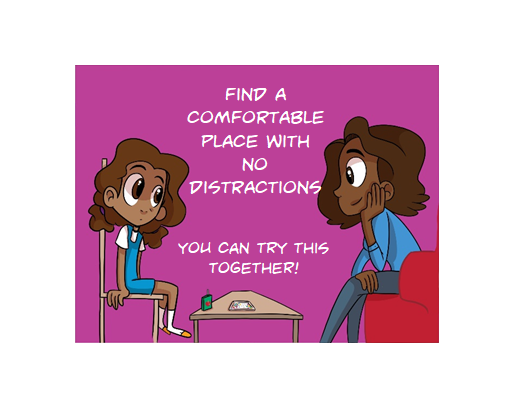
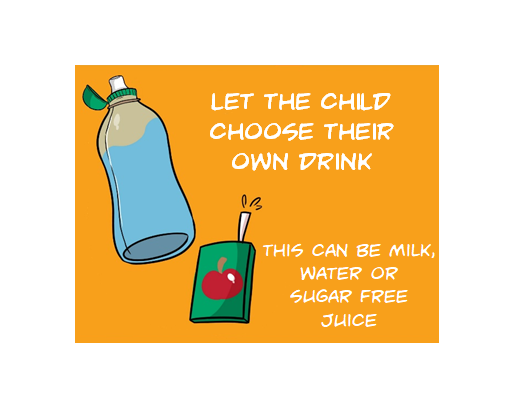
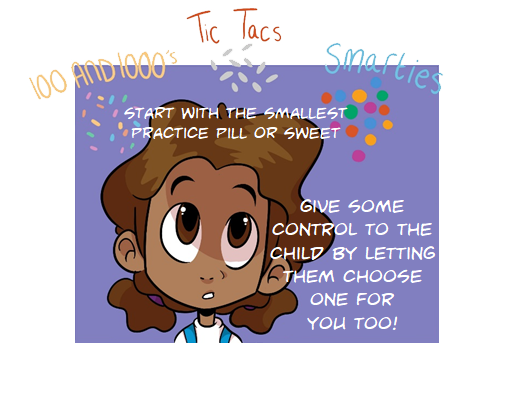
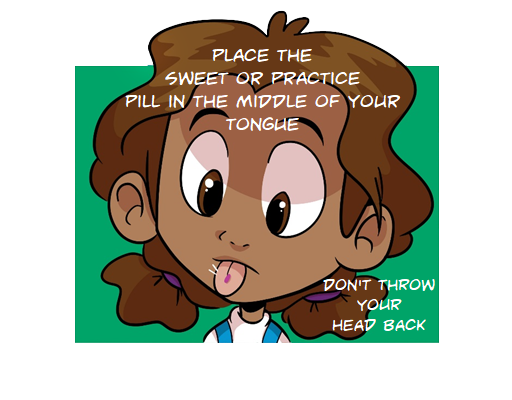
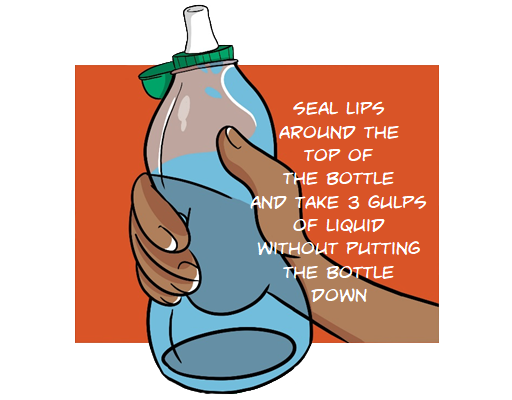
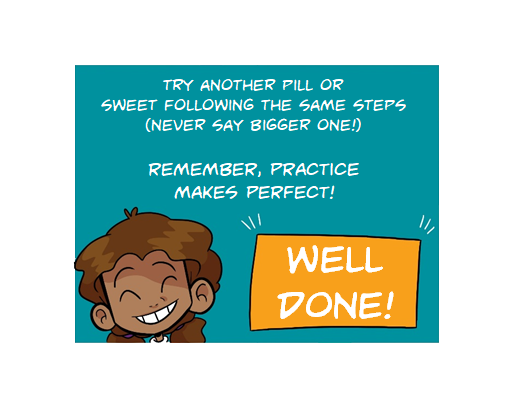
Did you know that children as young as 5 can be taught how to swallow tablets and capsules? All you need is time, patience, a few sweets and some drinks.
This page will give you all the information you need to teach your child this important life skill.
(Some grown-ups need to learn this too! If you're one of them, why not take this opportunity to learn with your child?)
Learning to swallow tablets is a 6 step process:






Liquid medicines often have very short shelf lives, sometimes they last only a few days. This leads to a lot of waste, particularly if the medicine is needed in the long term.
Bottles of liquid medicines take up a lot of space. This makes them difficult to store and to carry around when you leave the house. Some liquid medicines even need to be refrigerated. Tablets have none of these disadvantages.
Liquid medicines often taste bad. If higher doses are needed, you need to take more liquid. This can lead to obvious problems! Tablets can be swallowed in a matter of seconds so even if they have a bad taste, taking them is over with quickly.
Tablets are more readily available, particularly for medicines that are used less commonly. Pharmacies must order supplies of liquid medicines that they don’t keep in stock which leads to delays in starting treatment.
There are many sweets that can be used to simulate tablets. Generally, any smooth or sugar-coated sweet is suitable. Here are some suggestions from smallest to largest:
These are only suggestions. Don't feel you have to use these specific brands. Any similar sweets will do just as well.
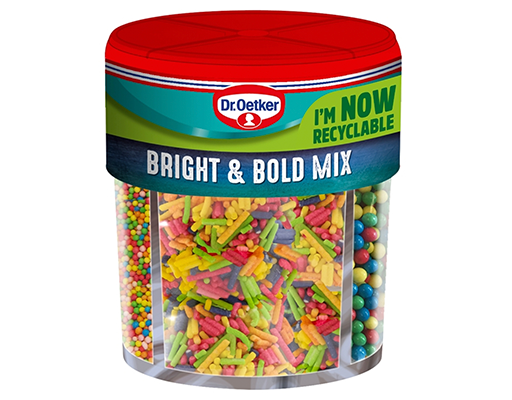




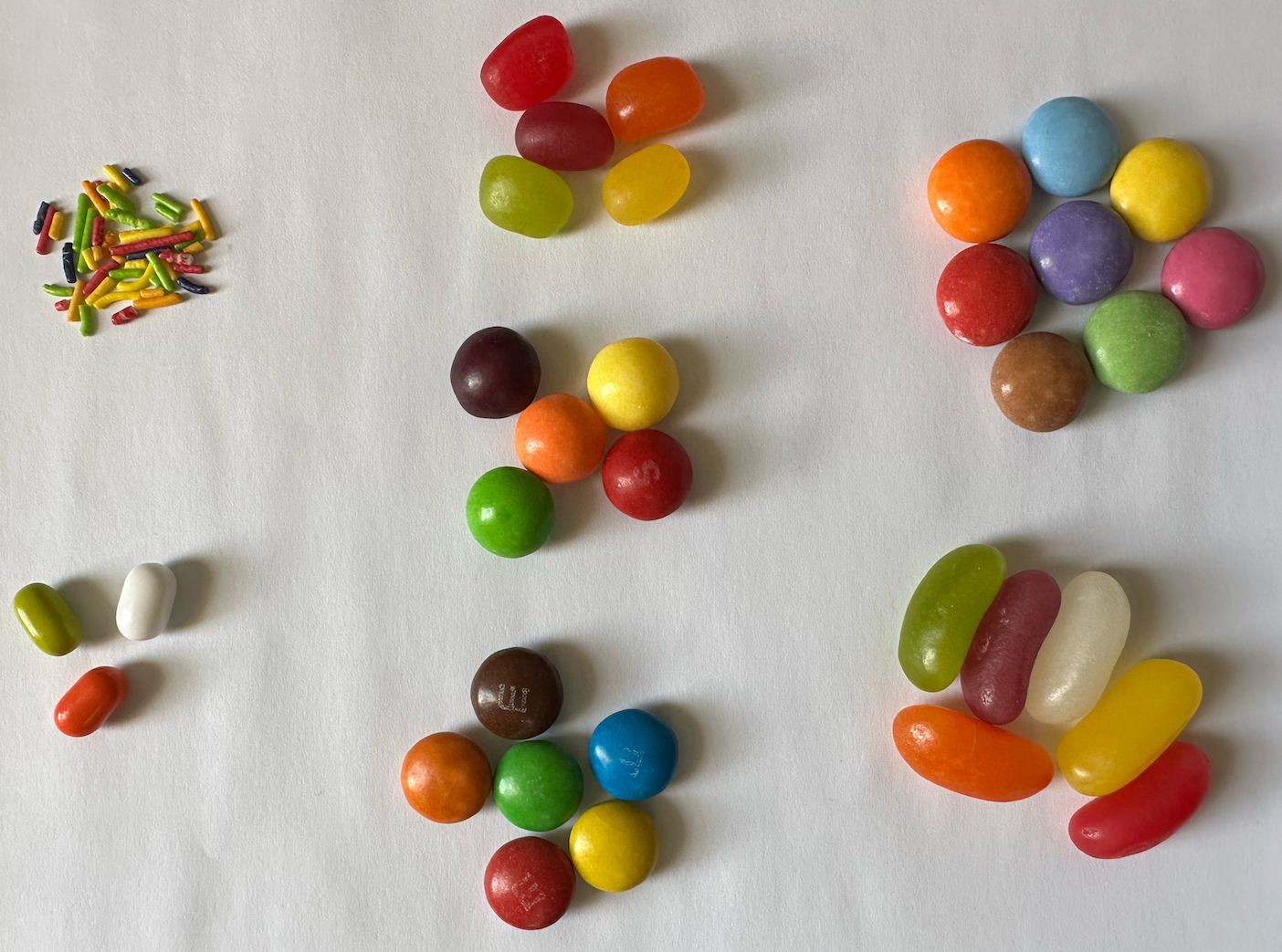
Basically any drink that your child likes will work. When starting, it's recommended to use a bottle with a sports cap. These types of bottle slightly change the way you swallow making it much easier.
Here are some suggetsions:
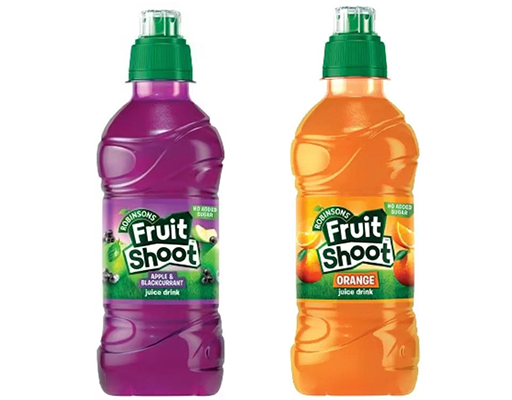


When your child has gained enough confidence and can swallow tablets by drinking through a straw, they may wish to challenge themselves by drinking from a cup. This is the top difficulty level. If they succeed, they will be able to swallow any tablet at any time!
Turn learning to swallow tablets into a game. Take turns.
If your child doesn't manage to swallow a sweet, it's very important that you have one more try with the last sweet that they were able to swallow. That way, you're child will end the session with a success and will stay motivated to keep practicing.
Try to keep practice sessions under 20 minutes. This is to avoid frustration or boredom. Finish early if you try a sweet your child couldn't swallow, follow Rule 2 then end the session.
Nearly all tablets taste horrible if bitten or chewed! Medicines in capsules are usually in capsules for a reason so they should not be opened or chewed. The whole point of these practice sessions is to learn to swallow tablets whole!
Again, the whole point of these practice sessions is to learn how to swallow tablets whole! Most tablets taste really bad if allowed to melt in the mouth!
(There are a small number of medicines designed to melt in the mouth. Your doctor or pharmacist should let you know if your child is prescribed one of these).
Allow your child to choose the sweet, the drink and who goes first. If your child wants to stop, stop.
Swallowing tablets is a skill. You lose skills if you don't use them regularly!
Show your child how proud you are of them for successfully learning to swallow tablets. You might want to award them this certificate.
The risk of choking is very small indeed. However, before starting, it would be a good idea for you to learn what to do in the unlikely event of choking.
Here is a video from the British Red Cross that explains what you should do:
If you don't speak English, you should be able to find first aid videos for choking in your language by searching YouTube.
It is important to be firm and consistent but avoid punishments and threats.
Make taking medicines a part of the normal daily routine (e.g. brushing their teeth, washing their face).
Try to administer medicines at the same times and, if possible same places each time.
Try not to bargain or bribe your child.
Avoid tricking your child with food (e.g. hiding the medicine in food).
Use food to reduce bad tastes or to help with swallowing (e.g. jelly, milk, cold drinks, ice cream, yoghurt).
Have a matter-of-fact attitude. You expect your child to take their medicine just as you expect them to put on a coat before going out in cold weather.
Never ask your child if they want to take their medicine - they have no choice.
This is not optional; be firm in telling your child it is time for their medicine (no other activities until the medicine has been taken).
If your child refuses to take their medicine, stay in the room with your child and remain calm. Tell them they will be allowed to leave the room and go back to play only after taking their medicine.
If all else fails, try to find out why they won't take their medicine. Speak with your child's doctor if your child is not taking their treatment.